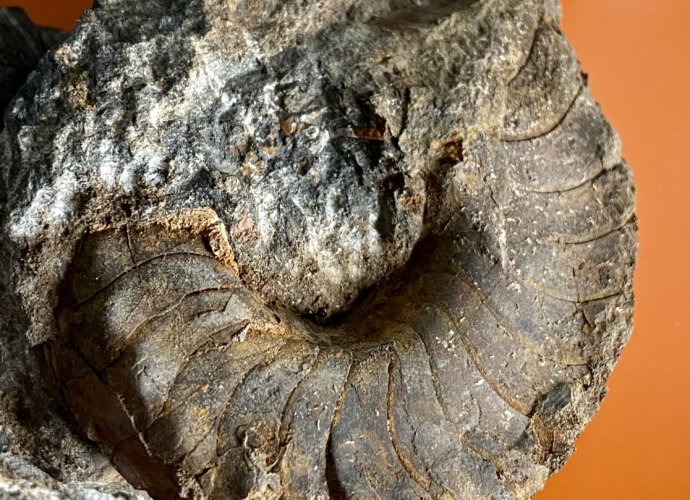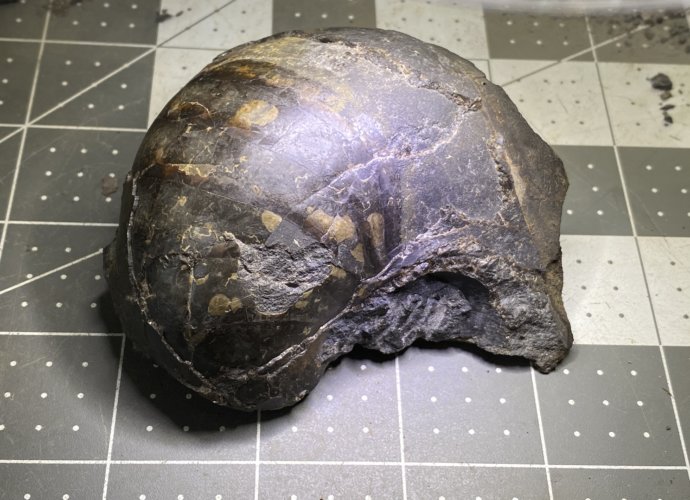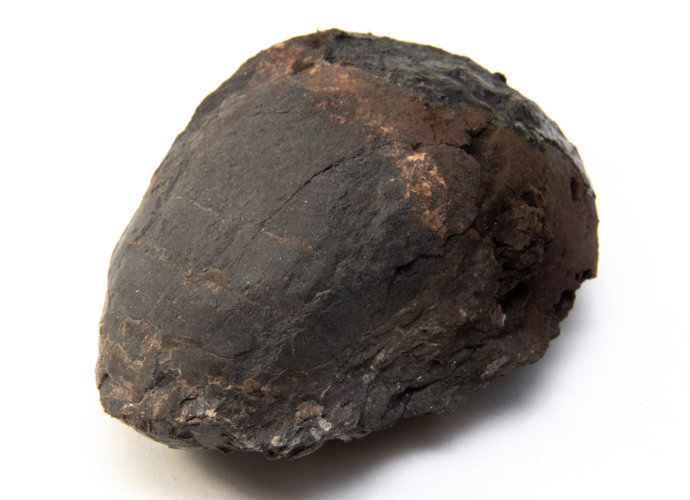Metacoceras Specimen
This is a nicer than usual specimen of Metacoceras I wanted to share today. The matrix that preserves the shell is softer and was exposed at the end of the boulder. I may clean it up further, however, being fragile I may not be able to get much closer withoutRead More →










